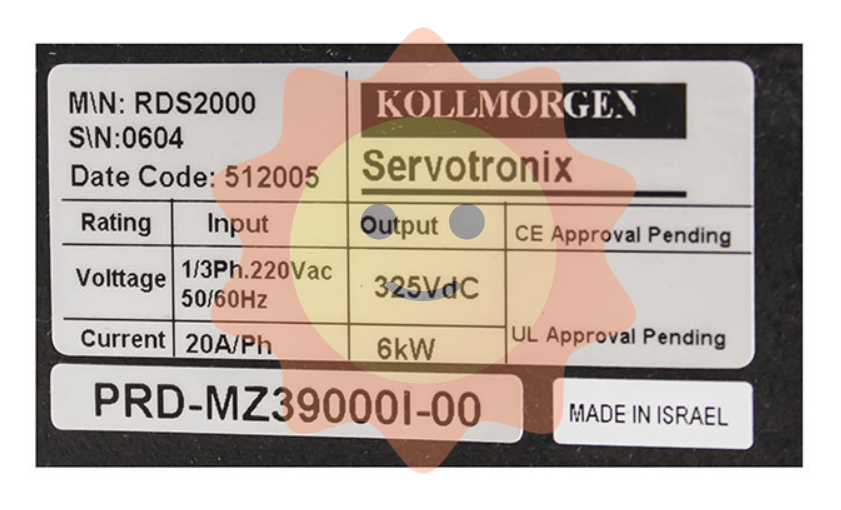Who is leading the way?
In terms of patent output, the performance of renewable energy technologies is also bright, and the number of EPO patents filed in this field has maintained a rapid growth between 2009 and 2021, reaching 948,385 in 2021, which is a four-fold increase from 2009. Among them, the innovation output of photovoltaic power generation technology has increased most significantly, the number of EPO patents has increased by 309,000 in 12 years, and the proportion of the total number of patents in the field of renewable energy has jumped from 30.4% in 2009 to 40% in 2021.
▶ Innovation strategy evolution trend: renewable energy technology is becoming the innovation focus of energy science and technology
Major countries in the world generally regard scientific and technological innovation as an important breakthrough to promote energy transformation, and in recent years, they have actively formulated various policies and measures to seize the commanding heights of development:
Since 2014, the United States has issued policies such as the Comprehensive Energy Strategy and the America First Energy Plan, establishing "science and energy" as the first strategic theme, and emphasizing the active development of advanced energy technologies such as new generation nuclear energy, shale oil and gas, and renewable energy.

In 2011, the European Union formulated the Energy Technology Roadmap 2050, highlighting the dominant position of renewable energy in energy supply and outlining the development path of a variety of renewable energy sources. In 2019, the European Green Deal took the lead in establishing a carbon-neutral economy, upgraded the Strategic Energy Technology Plan (SET-Plan), and launched the Research, Technology Development and Demonstration Framework Program.
Japan's Energy Innovation Strategy and Energy and Environment Technology Innovation Strategy, which were issued in 2016, set out technological innovation strategies for 2030 and 2050, respectively. In the fifth Basic Energy Plan released in 2018, the medium - and long-term energy development plan for energy transformation and decarbonization strategy was proposed. Later, in the "Innovative Environmental Technology Innovation Strategy" issued in 2020, it stressed the need to focus on the development of key technologies in the energy sector.
In 2016, China issued the "Action Plan for Energy Technology Revolution and Innovation (2016-2030)", in which 15 energy technology fields, including efficient solar energy utilization technology, large-scale wind power technology, hydrogen energy and fuel cell technology, were listed as key tasks. Then in April this year, the "14th Five-Year Plan" for Scientific and Technological Innovation in the Field of Energy was issued, emphasizing the need to focus on the development of five major technical categories, including advanced renewable energy power generation and comprehensive utilization technology.
From the evolution process of the above-mentioned energy science and technology strategies of major global economies, it can be found that accelerating the optimization of power structure and promoting energy transformation are the main goals of energy science and technology strategies of various countries, and to this end, the development of clean energy technology, especially renewable energy technology as the core of energy innovation layout is becoming a consensus of all countries.
02 Global innovation trends in key areas of energy technology
Under the green and low-carbon goal, the innovation level of renewable energy technology continues to improve, and photovoltaic technology, hydrogen energy technology, and offshore wind energy technology are the most active technological innovation fields. This chapter will focus on the analysis of these three technological innovation trends.
▶ Solar photovoltaic technology: PERC battery architecture is the current mainstream, TOPCon, HJT architecture or become the next generation of technology
Solar photovoltaic (PV) is an electronic device that directly converts sunlight into electricity, and the photovoltaic technology with a global capacity of gigawatts mainly includes crystalline silicon (c-Si) technology and thin film solar technology based on copper indium gallium selenium (CIGS) and cadmium telluride (CdTe). Among them, crystalline silicon technology has dominated the global photovoltaic module market from 2010 to 2020, accounting for the proportion of global total output has been maintained at more than 90% for a long time, the most mature and widely used, its value chain from top to bottom includes crystalline silicon production, crystalline silicon processing ingot, silicon wafer production, solar cell production and photovoltaic module production five parts.
From the historical evolution of the production specifications of photovoltaic products, the production process has been iteratively optimized, among which, the manufacturing shape and thickness of silicon wafers have gradually changed from cylindrical and thick size to semi-square and thin size, and the mainstream size of battery cells has been increased from 106mm in 1980 to 166mm in 2020. The size of the components, the power and the number of batteries held also show an increasing trend.
- EMERSON
- Honeywell
- CTI
- Rolls-Royce
- General Electric
- Woodward
- Yaskawa
- xYCOM
- Motorola
- Siemens
- Rockwell
- ABB
- B&R
- HIMA
- Construction site
- electricity
- Automobile market
- PLC
- DCS
- Motor drivers
- VSD
- Implications
- cement
- CO2
- CEM
- methane
- Artificial intelligence
- Titanic
- Solar energy
- Hydrogen fuel cell
- Hydrogen and fuel cells
- Hydrogen and oxygen fuel cells
- tyre
- Chemical fiber
- dynamo
- corpuscle
- Pulp and paper
- printing
- fossil
- FANUC
- Food and beverage
- Life science
- Sewage treatment
- Personal care
- electricity
- boats
- infrastructure
- Automobile industry
- metallurgy
- Nuclear power generation
- Geothermal power generation
- Water and wastewater
- Infrastructure construction
- Mine hazard
- steel
- papermaking
- Natural gas industry
- Infrastructure construction
- Power and energy
- Rubber and plastic
- Renewable energy
- pharmacy
- mining
- Plastic industry
- Schneider
- Kongsberg
- NI
- Wind energy
- International petroleum
- International new energy network
- gas
- WATLOW
- ProSoft
- SEW
- wind
- ADVANCED
- Reliance
- YOKOGAWA
- TRICONEX
- FOXBORO
- METSO
- MAN
- Advantest
- ADVANCED
- ALSTOM
- Control Wave
- AB
- AMAT
- STUDER
- KONGSBERG
- MOTOROLA
- DANAHER MOTION
- Bently
- Galil
- EATON
- MOLEX
- Triconex
- DEIF
- B&W
- ZYGO
- Aerotech
- DANFOSS
- KOLLMORGEN
- Beijer
- Endress+Hauser
- MOOG
- KB
- Moxa
- Rexroth


Email:wang@kongjiangauto.com

































































































